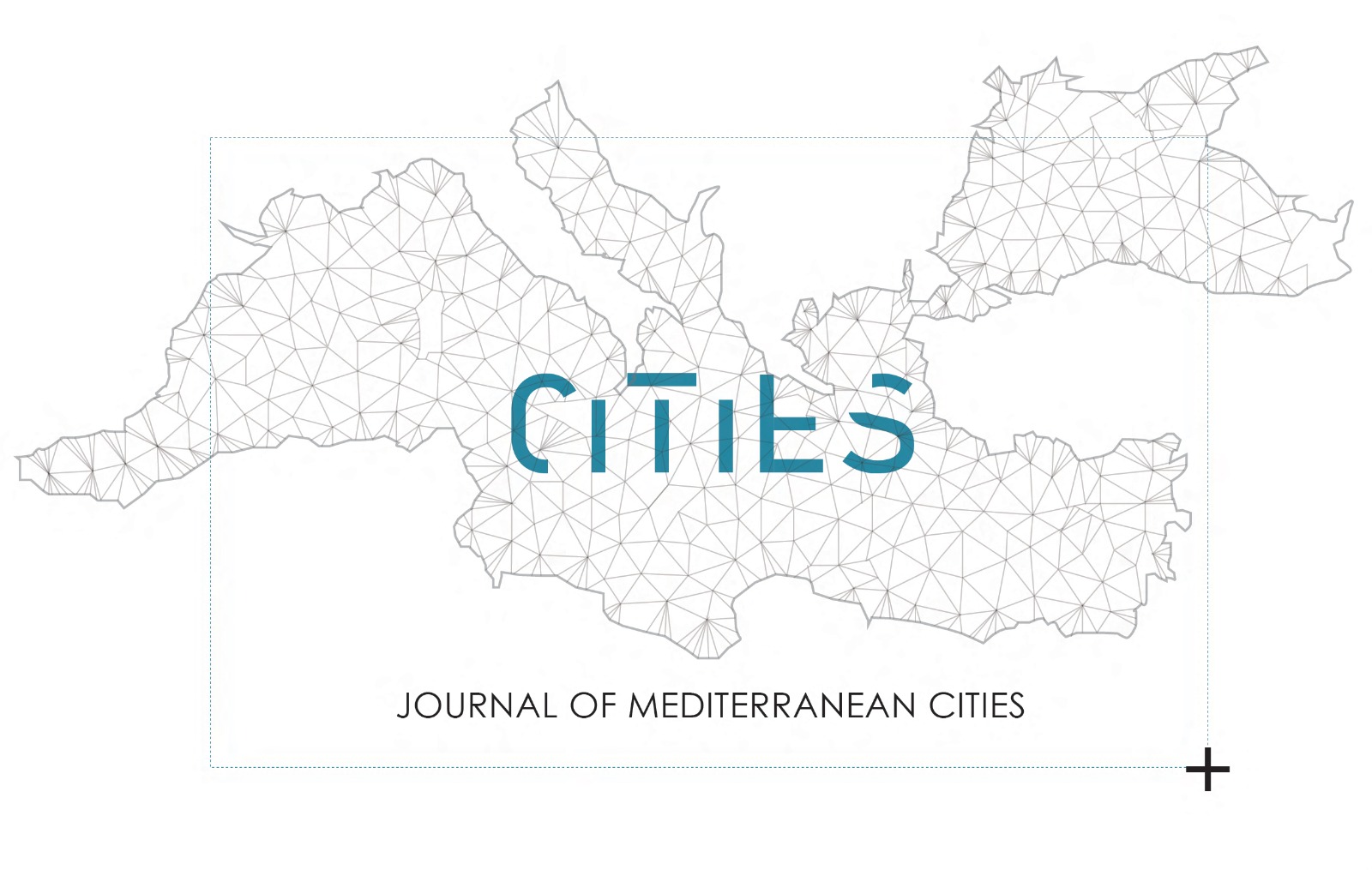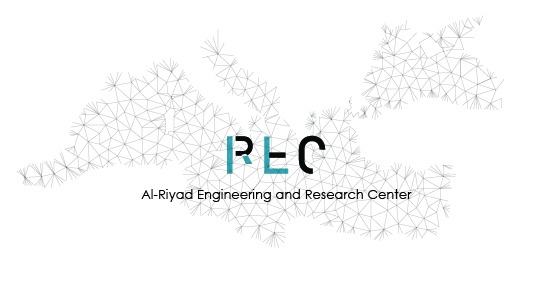 Journal of Mediterranean Cities
Journal of Mediterranean Cities
ISSN 2971-1799 (print)
ISSN 2971-1802 (online)
Peer Review Statement
All research articles in this journal have undergone a rigorous double-blind peer review, based on the initial editor's screening and double-blind refereeing by at least two expert referees. The purpose of a peer review is to assist the editor in making editorial decisions and through the editorial communications with the author, this may also assist the author in improving the paper. Double-blind peer review means that reviewers are unaware of the identity of the authors, and authors are also unaware of the identity of reviewers. The typical period allowed for reviews is 4-6 weeks.
Each submitted manuscript is initially evaluated on the following basis:
Manuscripts are sent for review only if they pass the initial evaluation regarding their form and thematic scope. A particular care is taken that the initial evaluation does not last more than necessary.
The manuscript submission and peer review process are broken down into the following steps:
Note: Review process for the submitted papers in this journal is double-blind peer review.
The Peer Review Process
Authors submit manuscripts to the Editorial Office via the online system. The author receives confirmation of the receipt of the manuscript from the editorial team. The Chief Editor first reviews the manuscript, and he is assisted by Section Editors. The Editor assigns a Section Editor to see the manuscript through the complete review process and return it with a recommendation or decision. The manuscript is checked to see if it meets the scope of the journal and its formal requirements. If it is incorrect or unsuitable, the author should be informed, and the manuscript will receive a direct rejection. Manuscripts that are not suitable for publication in the Journal will receive a desc rejection. A rejection letter is sent to the author stating the reason for rejection. If the manuscript conforms to the aims and scope of the Journal and formally abides by the Instructions to Authors, it is sent out for review. The reviewer reads and evaluates the manuscript and eventually sends a review report to the Editor-in-chief. Based on the reviewers’ comments, the Editor-in-chief decides to:
An acceptance letter is sent to the author and the final manuscript is forwarded to production. Sometimes, the authors are requested to revise their manuscript in accordance with the reviewers’ comments and submit the updated version to the Editor-in-chief.
The time for review can be set from 4 to 6 weeks depending on the discipline and the type of additional data, information or argument required. The authors are requested to make substantial revisions to their manuscripts and re-submit for a new evaluation. In the case of rejection, a rejection letter will be sent to the authors and the manuscript will be archived. Reviewers might be informed about the decision.
After review, the manuscript goes to the ‘Copy Editor’ who will correct the manuscript in respect of the correct referencing system in accordance with the journal style and layout. When the ‘Copy Editor’ finishes his/her work, the manuscript will be sent to the ‘Layout editor.’ The Proof Editor confirms that the manuscript has gone through all the requisite stages and is suitable for publishing.
All the reviewers of a paper act independently and they are not aware of each other’s identities. If the decisions of the two reviewers are not the same (accept/reject), the Editor may assign additional reviewers.
The Editorial team shall ensure reasonable quality control of the reviews. In respect of reviewers whose reviews are convincingly questioned by authors, special attention will be paid to ensure that the reviews are objective and of a high academic standard. When there is any doubt as to the objectivity of the reviews or the quality of the reviews, additional reviewers will be assigned.
Editorial Decision and Revision
All the articles, reviews and communications published in the Journal of Mediterranean Cities go through the peer-review process and receive at least two reviews. The in-house editor will communicate the decision of the academic editor, which will be one of the following:
The paper is in principle accepted after revision based on the reviewer’s comments. Authors are given five days for minor revisions.
The acceptance of the manuscript would depend on the revisions. The author needs to provide a point-by-point response or provide a rebuttal if some of the reviewer’s comments cannot be revised. Usually, only one round of major revisions is allowed. Authors will be asked to resubmit the revised paper within a suitable time frame, and the revised version will be returned to the reviewer for further comments.
If additional experiments are needed to support the conclusions, the manuscript will be rejected, and the authors will be encouraged to re-submit the paper once further experiments have been conducted.
The article has serious flaws, and/or makes no original significant contribution. No offer of resubmission to the journal is provided.
All reviewer comments should be responded to in a point-by-point fashion. Where the authors disagree with a reviewer, they must provide a clear response.
Author Appeals
Authors may appeal a rejection by sending an e-mail to the Editorial Office of the journal. The appeal must provide a detailed justification, including point-by-point responses to the reviewers' and/or Editor's comments. The Managing Editor of the journal will forward the manuscript and related information (including the identities of the referees) to the Editor-in-Chief, Associate Editor, or Editorial Board member. The academic Editor being consulted will be asked to give an advisory recommendation on the manuscript and may recommend acceptance, further peer-review, or uphold the original rejection decision. A reject decision at this stage is final and cannot be reversed.
In the case of a special issue, the Managing Editor of the journal will forward the manuscript and related information (including the identities of the referees) to the Editor-in-Chief who will be asked to give an advisory recommendation on the manuscript and may recommend acceptance, further peer-review, or uphold the original rejection decision. A reject decision at this stage will be final and cannot be reversed.
Production and Publication
Once accepted, the manuscript will undergo professional copy-editing, English editing, proofreading by the authors, final corrections, pagination, and publication on the JMC website.
Authors' Warranty and Publication Agreement and Copyright Assignment
All authors of accepted manuscripts warrant that the manuscript is original and has not been submitted for publication or published elsewhere. All the authors further warrant that, where necessary, they have obtained necessary releases from companies or individuals involved in or with the manuscript. All authors further warrant that the undersigned are the sole authors of this work.
In consideration of the publication of the manuscript, all authors expressly assign ownership of the copyright, 1. The right to edit, clarify and shorten the manuscript, if the Allied Academies deems it necessary; and, 2. The right to republish, amend and summarize all or part of the manuscript in any compilation of manuscripts which the Allied Academies might publish, and, 3. The right to make the manuscript and the journal in which it is published available to databases, or distributors which might be involved in disseminating manuscripts or journals to various audiences. Author remains the sole owner of the published material as the entire copyrights are held with author.

Journal of Mediterranean Cities
ISSN 2971-1799 (print) ISSN 2971-1802 (online)
Publisher: Alriyad Engineering Center, Amman, Jordan
Editor-in-Chief: Dr. Husam R. Husain, German University in Cairo
This Journal is published through an Open Journal System as part of the Public Knowledge Project (PKP).
This Journal is licensed under a Creative Commons Attribution 4.0 International (CC BY)

